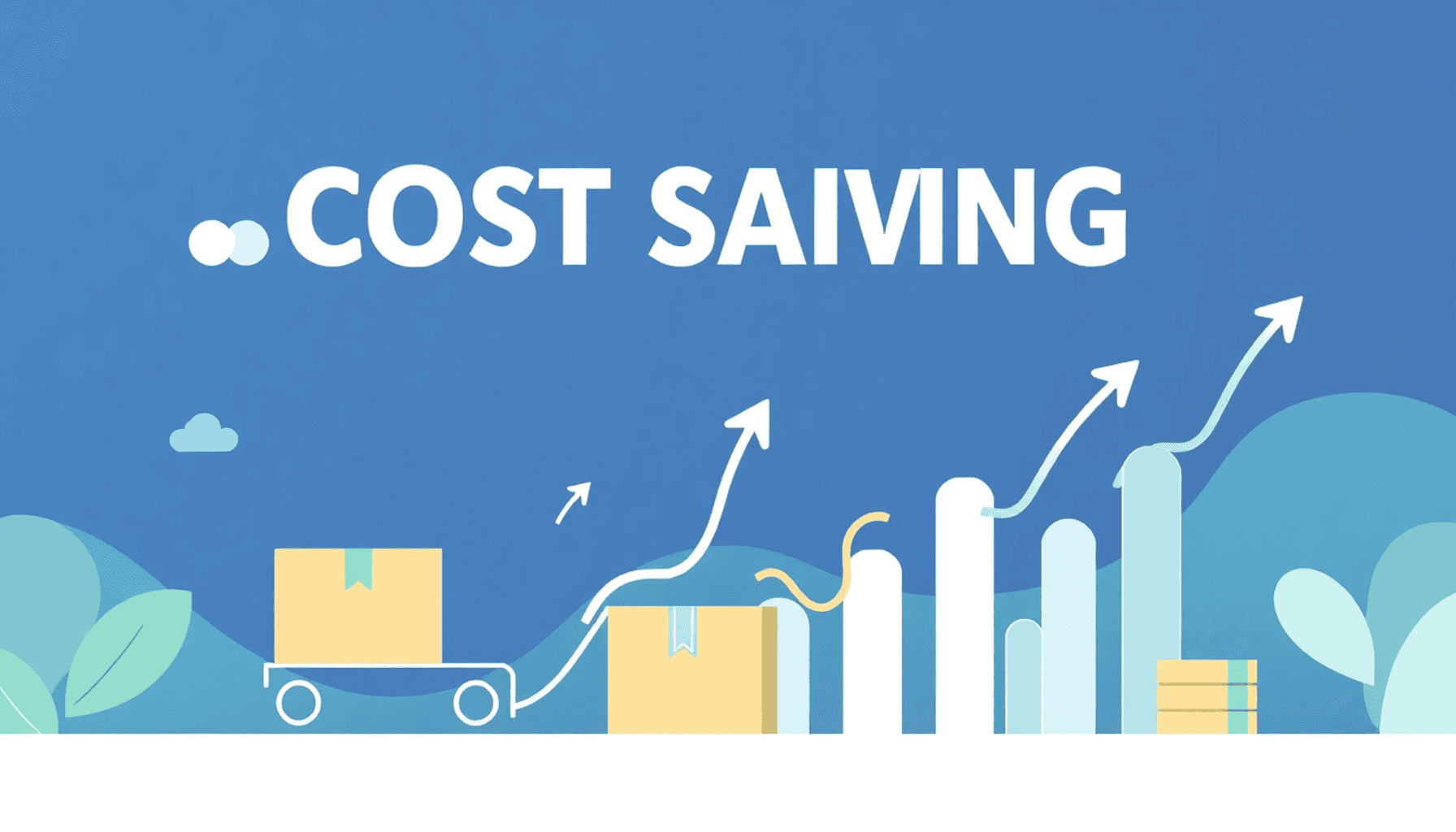Elevate Your Vendor Ecosystem: Inclusive and Collaborative Strategies for Success
Let’s get straight to it: building a vendor ecosystem goes far beyond just ticking supplier boxes and hoping for the best. Think of it as hosting the ultimate business party where everyone—from industry leaders to emerging suppliers—feels valued, welcomed, and ready to collaborate toward shared innovation and success. Welcome to the dynamic world of an inclusive collaborative vendor ecosystem—the business equivalent of networking brilliance, powered by contracts and growth.
If you’re skeptical and think inclusivity and collaboration are merely corporate buzzwords, think again. These are your strategic advantages to transform your supply chain into a resilient, innovative, and socially responsible powerhouse. Ready to strengthen your vendor ecosystem? Let’s explore the proven methods that make it happen.

Why Inclusive Collaborative Vendor Ecosystems Are Essential
Picture your vendor ecosystem as a jazz ensemble. If everyone plays the same note, the music falls flat. But integrate diverse instruments and approaches, and you unlock a symphony of innovation, resilience, and market adaptability.
An inclusive vendor ecosystem intentionally integrates diverse players—minority-owned, women-owned, emerging suppliers, and others often sidelined. This diversity:
- Sparks creativity with fresh perspectives.
- Builds resilience by spreading risk beyond “all eggs in one basket.”
- Advances social impact, winning favor from customers and regulators.
- Broadens market reach thanks to supplier diversity.
Thinking collaboratively means going beyond mere contract signings. It’s about nurturing ongoing relationships based on trust, shared problem-solving, and aligned goals, creating enormous value beyond price tags.
Trust us—when you embrace vendors as true partners, everyone benefits.

Proven Strategies to Enhance Inclusive Collaborative Vendor Ecosystems
1. Make Inclusive Sourcing Your Strategic Foundation
Inclusion thrives with structure. Approach sourcing as your strategic gateway to diversity:
- Identify impact areas: Which vendor categories, if diversified, can propel your business and social objectives?
- Evaluate growth potential: Are these suppliers scalable and sustainable partners?
- Assign ownership: Designate champions to advance inclusive sourcing from concept to daily practice.
Bonus: Tap into tools like Sedex or B4IG frameworks to monitor ethical standards and reinforce supplier commitment.
When inclusivity is integrated into your process, it shifts from an afterthought to a core business practice.
2. Cultivate Collaborative Engagement and Cultural Alignment
True collaboration is not just exchanging emails; it’s a strategic partnership dance.
- Select partners aligned with your company culture and long-term vision.
- Engage in joint project design early—co-creation consistently outperforms top-down directives.
- Maintain transparent communication channels—openness is the glue for strong partnerships.
Shared values will transform vendor relationships from transactional to transformational.
3. Harness Technology to Integrate and Streamline Your Ecosystem
Technology is your engine for collaboration and inclusion:
- Use integration platforms for real-time data exchange and to break down silos.
- Implement procurement tools that unify all stakeholders effortlessly.
- Leverage AI and analytics to forecast vendor performance and give diverse suppliers equal visibility.
Without embracing tech, your vendor ecosystem risks lagging behind in efficiency and innovation.
4. Innovate Business Models for Shared Ecosystem Value
Vendor relationships have evolved—they’re no longer just about the lowest price but co-creating lasting value.
- Develop shared platforms where vendors and customers innovate together.
- Embrace pre-competitive partnerships focusing on sustainability and social impact before market competition heats up.
- Incentivize cross-company innovation to unlock new revenue streams and build competitive advantage.
An ecosystem-first mindset crafts networks that are stronger, more intelligent, and adaptable.
5. Sustain Continuous Supplier Collaboration with a Strong ESG Focus
Sustainability is an ongoing journey, not a checkbox.
- Integrate ESG criteria into every supplier engagement.
- Collaborate proactively to improve sustainability and inclusivity rather than merely auditing.
- Reward suppliers for enhanced ESG performance.
- Foster continuous dialogue—robust feedback loops underpin enduring collaboration.
With this approach, inclusivity and responsibility become embedded in daily operations.
6. Empower Vendor Capabilities Through Support and Development
Not all vendors arrive ready to scale; many diverse suppliers benefit from support.
- Provide training, mentorship, and access to financing to boost their growth.
- Share knowledge and technology to stimulate innovation.
- Create clear pathways for emerging suppliers to join your supply chain ecosystem.
Investing in supplier capability building pays dividends in quality, innovation, and ecosystem strength.

Best Practices and Tools to Boost Inclusive Collaboration
| Strategy | Key Actions | Benefits |
|---|---|---|
| Inclusive Sourcing | Prioritize, assess, and develop diverse suppliers | Social impact, risk reduction, resilience |
| Collaborative Engagement | Align culture, co-design projects, maintain open communication | Innovation, mutual growth |
| Technology Integration | Real-time data sharing, cross-platform tools, AI analytics | Efficiency, scalability, inclusivity |
| Business Model Innovation | Shared platforms, pre-competitive collaborations | Ecosystem value, competitive advantage |
| Continuous Supplier Collaboration | Transparency, ESG incentives | Ongoing improvement, deeper engagement |
| Capability Building | Training, credit access, resource support | Expanded supplier readiness and impact |
Pro tip: Enhance your sourcing with smart RFIs and AI-driven tools for accurate analytics and supplier matches.

The Future Outlook for Inclusive Collaborative Vendor Ecosystems
Here’s the scoop: inclusive vendor ecosystems are not fleeting trends; they’re essential strategies of tomorrow.
Expect to see:
- AI-powered ecosystems connecting and optimizing suppliers in real time.
- Increased pre-competitive partnerships addressing social and environmental challenges.
- Greater digital inclusion ensuring suppliers of all sizes stay in the ecosystem.
- ESG deeply integrated into governance, making responsibility business-critical.
Stay ahead of these shifts to lead, not follow.
Conclusion: Your Roadmap to Inclusive Collaborative Vendor Ecosystem Success
Building an inclusive, collaborative vendor ecosystem is like assembling a championship team—diverse players, shared strategies, and an evolving game plan.
Focus on:
- Embedding inclusive sourcing to identify and nurture diverse suppliers.
- Cultivating partnerships rooted in shared values and innovation.
- Leveraging cutting-edge technology, especially AI, to empower and connect your network.
- Innovating business models that reward cooperation and social impact.
- Driving sustained, ESG-focused supplier engagement.
- Committing to capability building that unlocks everyone’s potential.
Ready to transform your vendor ecosystem? Here’s your playbook:
- Audit your current vendor ecosystem for diversity and collaboration gaps.
- Develop an inclusive sourcing framework prioritizing sustainability.
- Implement collaboration platforms for seamless vendor engagement.
- Launch joint innovation projects to rapidly demonstrate value.
- Invest in vendor training and support to foster growth and resilience.
Play these right, and your vendor ecosystem won’t just survive—it will thrive, innovate, and drive meaningful impact.
[[CTA_General_Consultation]]
References and Further Reading




